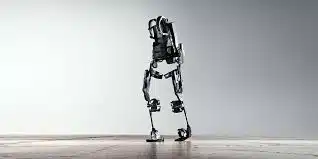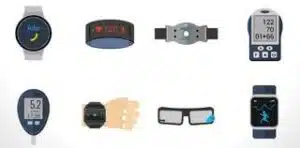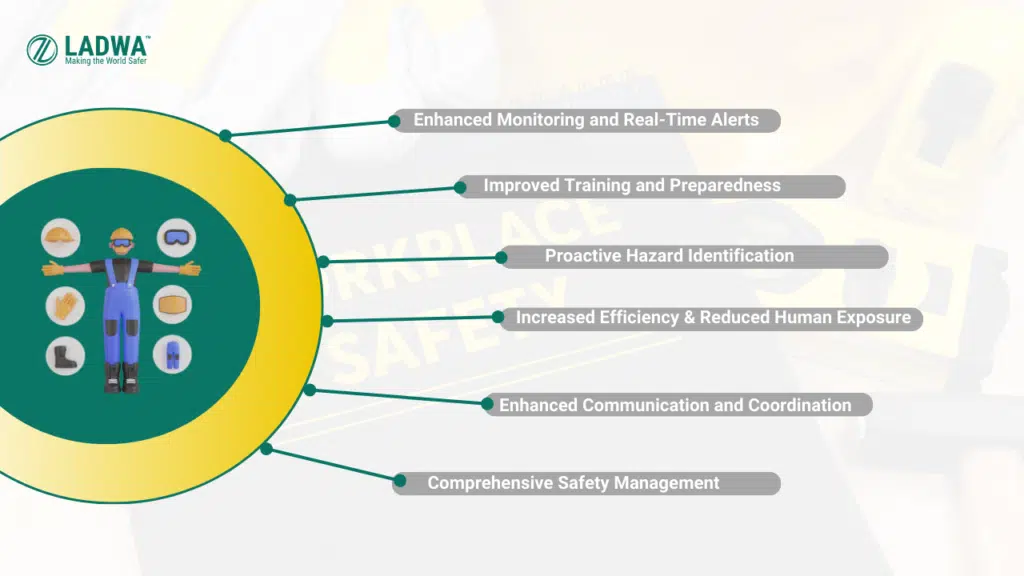Introduction:-
Wearable technology is revolutionizing workplace safety by providing real-time monitoring, data collection, and proactive hazard prevention. These cutting-edge devices, ranging from smart helmets that detect fatigue to exoskeletons that reduce strain on the body, are designed to enhance worker safety, improve health outcomes, and increase productivity. By delivering real-time data, wearable tech enables quick responses to potential threats, helping to prevent accidents before they happen and ensuring a safer work environment.
The importance of wearable technology in the workplace cannot be overstated. These devices allow for continuous monitoring of vital signs, hazardous exposures, and even worker location, fostering a culture of safety awareness and empowering workers to take charge of their own health and safety. With the integration of wearable tech, companies can significantly improve safety protocols, reduce downtime caused by accidents, and ultimately create a safer, more efficient workplace. In this newsletter, we will explore the latest innovations in wearable safety equipment and discuss the numerous benefits they offer to both employees and employers. The future of worker safety is here, and it’s being shaped by the innovative use of wearable technology.
Latest Innovations in Wearable Safety Equipment
- Smart Helmets
Smart helmets are equipped with sensors that monitor environmental conditions and worker health metrics. They can detect hazardous gases, extreme temperatures, and even falls, sending immediate alerts to supervisors and emergency responders
- Exoskeletons
Exoskeletons provide physical support to workers, reducing fatigue and the risk of musculoskeletal injuries. These devices are particularly beneficial in industries that involve heavy lifting or repetitive tasks, such as construction and manufacturing
- Smart Glasses and Augmented Reality (AR) Devices
Smart glasses and AR devices overlay digital information onto the physical world, providing workers with real-time instructions and hazard alerts. This technology is useful for training, maintenance, and improving situational awareness
- Wearable Health Monitors
Devices like smartwatches and fitness trackers monitor vital signs such as heart rate, blood pressure, and stress levels. These wearables can alert workers to potential health issues before they become serious, helping to prevent accidents and improve overall well-being
- Proximity Sensors
Proximity sensors in wearables can detect the presence of nearby machinery or hazardous areas, alerting workers to potential dangers. This technology is crucial in environments with heavy equipment or moving vehicles
Benefits of Using Wearable Safety Equipment
- Enhanced Monitoring and Real-Time Alerts
Wearable devices provide continuous monitoring of workers’ health and environmental conditions, offering real-time alerts that can prevent accidents and health issues before they escalate
- Improved Training and Preparedness
AR and VR technologies offer immersive training experiences that prepare workers for real-life scenarios without exposing them to actual risks. This leads to better preparedness and a deeper understanding of safety protocols
- Proactive Hazard Identification
AI and predictive analytics enable organizations to identify and mitigate potential hazards before they cause harm. This proactive approach helps in reducing the frequency and severity of workplace accidents.
- Increased Efficiency and Reduced Human Exposure
Drones and robots can perform dangerous tasks and inspections, minimizing the need for human workers to be in hazardous environments. This not only improves safety but also increases operational efficiency.
- Enhanced Communication and Coordination
Smart PPE and wearable devices with integrated communication systems improve coordination among workers, especially in noisy or low-visibility environments. This ensures that safety protocols are followed and that workers can quickly respond to emergencies.
- Comprehensive Safety Management
The integration of various technologies into a cohesive safety management system allows for better data collection, analysis, and reporting. This holistic approach ensures that all aspects of workplace safety are monitored and managed effectively.
Conclusion
In conclusion, the integration of wearable technology into workplace safety protocols is not just a trend but a significant advancement in ensuring the well-being of employees. These innovations offer real-time monitoring, proactive hazard prevention, and enhanced training, making workplaces safer and more efficient. By adopting wearable tech, companies can reduce the risk of accidents, improve health outcomes, and boost overall productivity.
As technology continues to evolve, the potential for wearables to further improve workplace safety is immense. Embracing these advancements is not just an investment in safety—it’s a commitment to creating a healthier, happier, and more productive workforce. The future of workplace safety lies in the continued innovation and adoption of wearable technology, paving the way for safer and more secure work environments across all industries.











